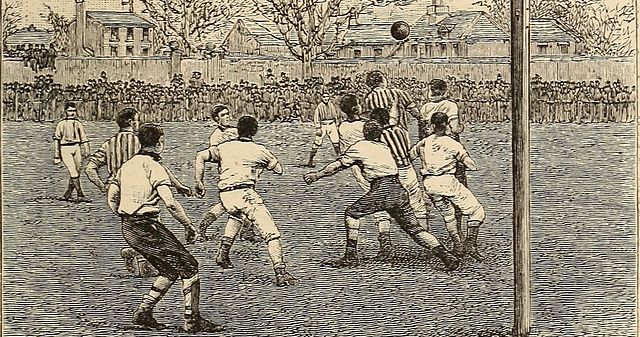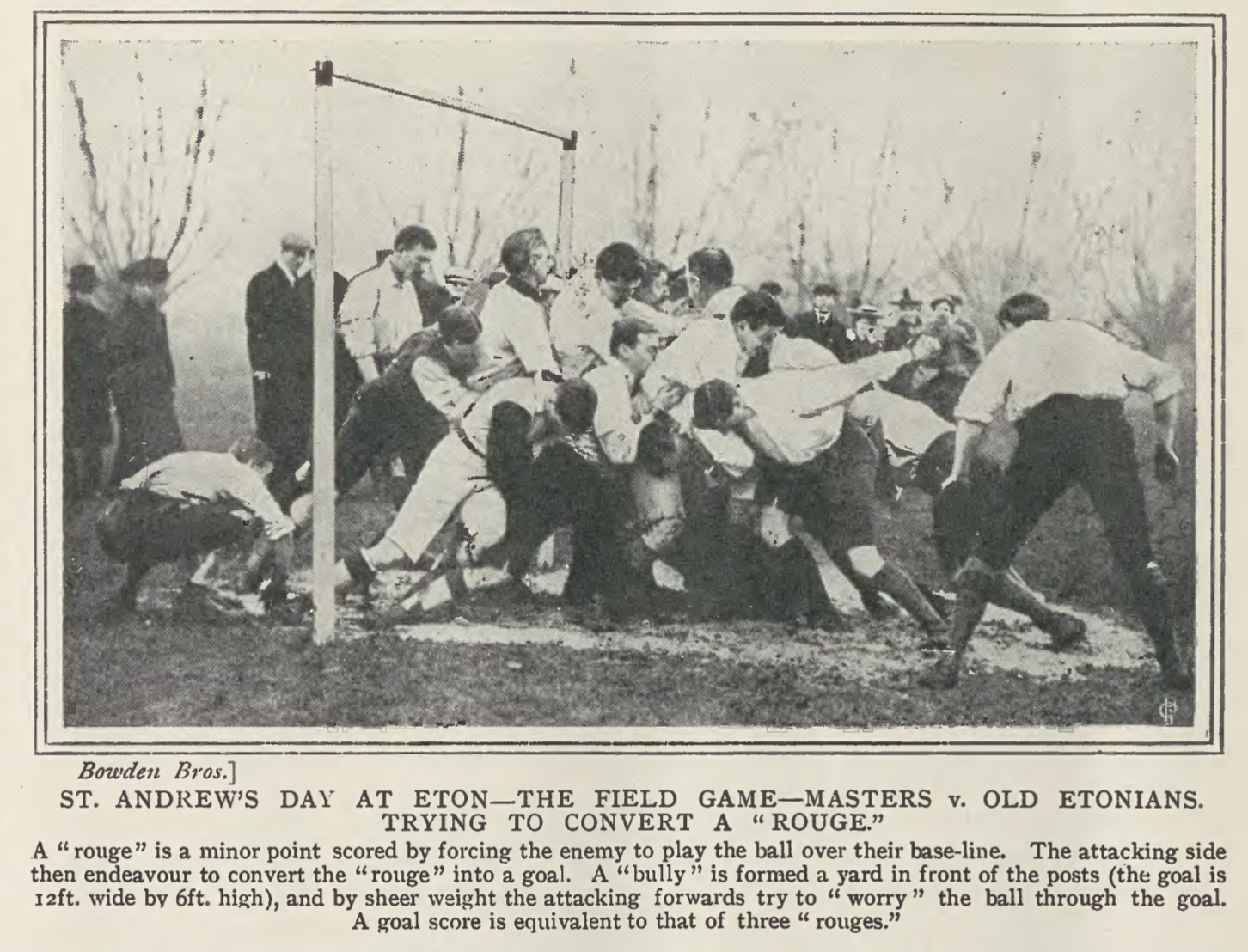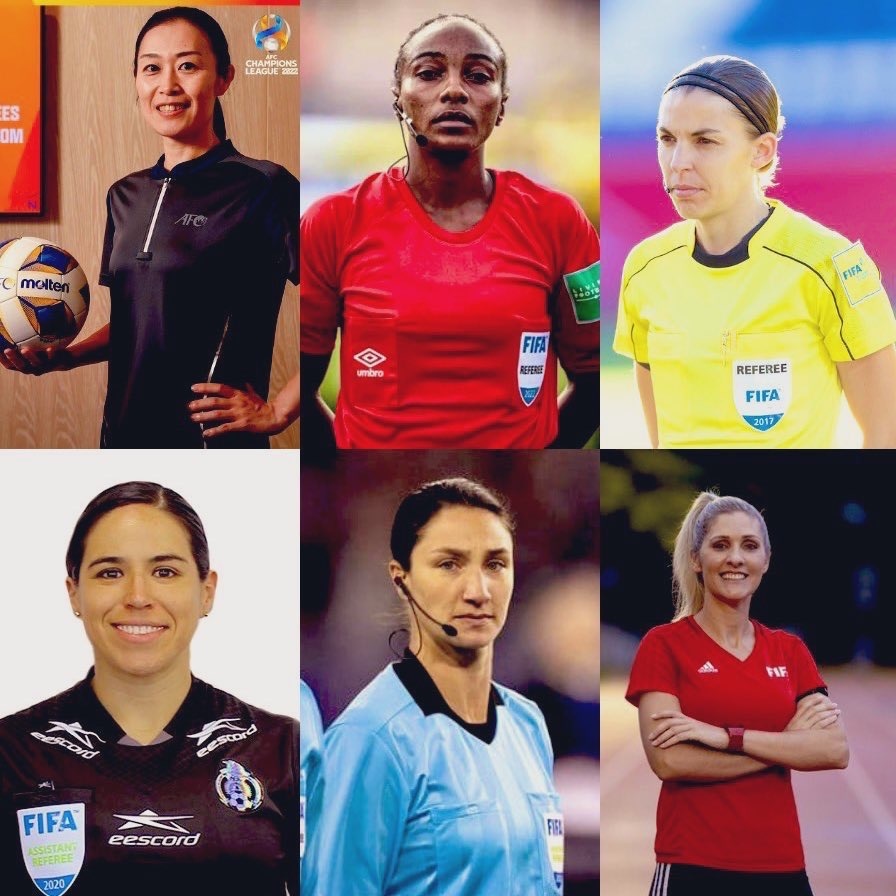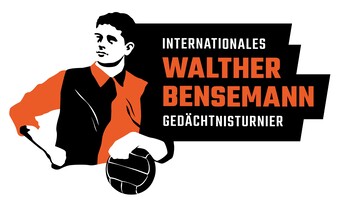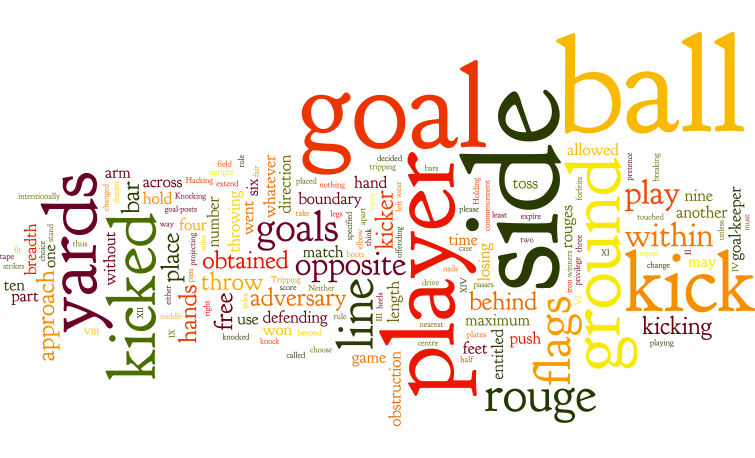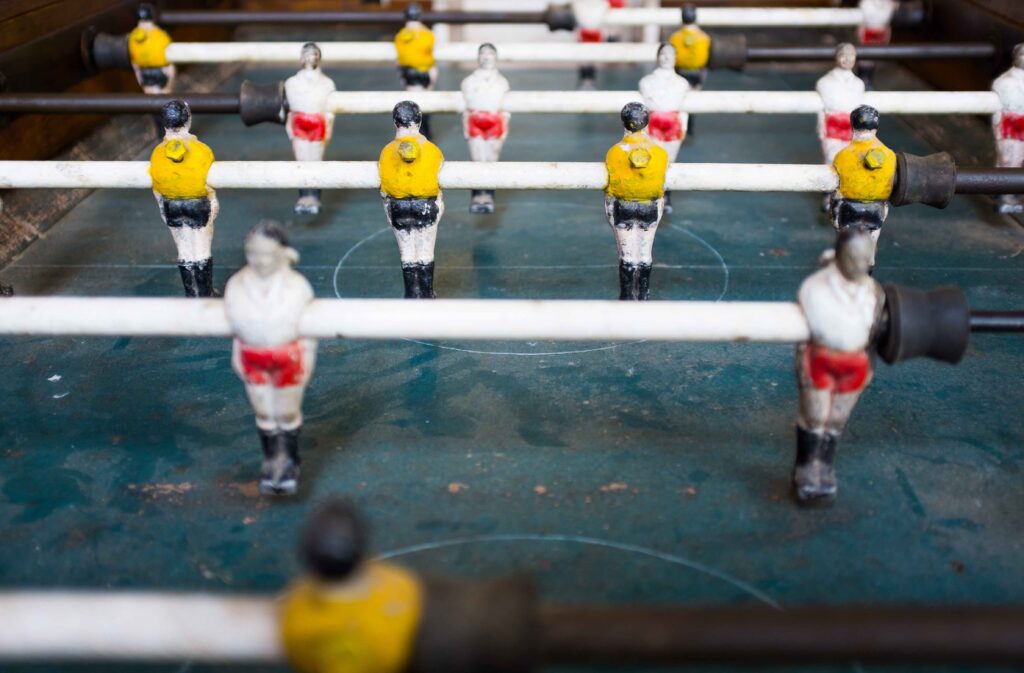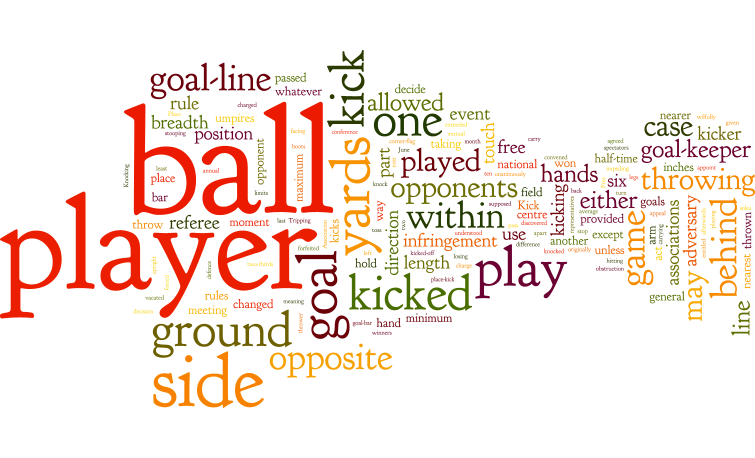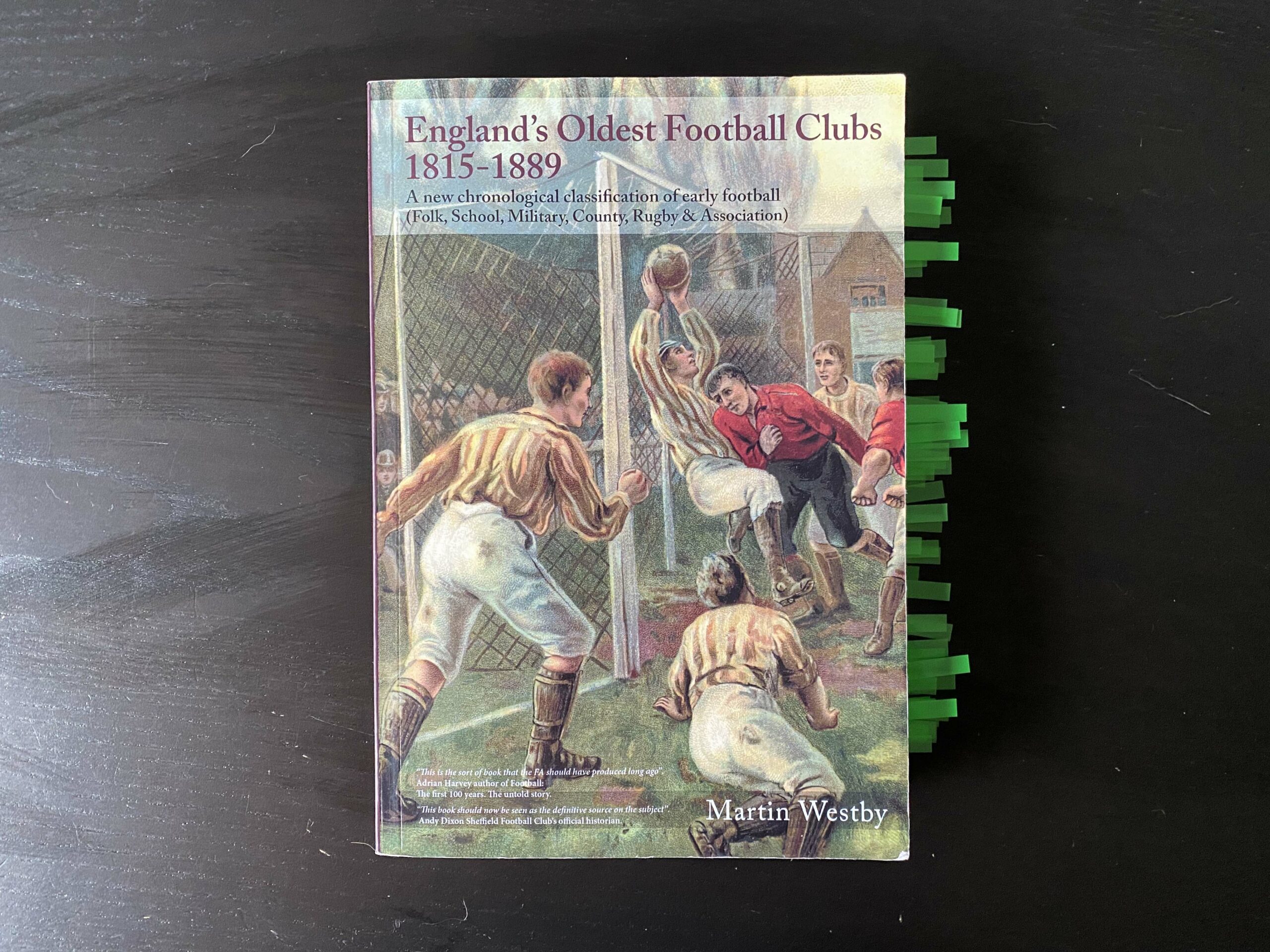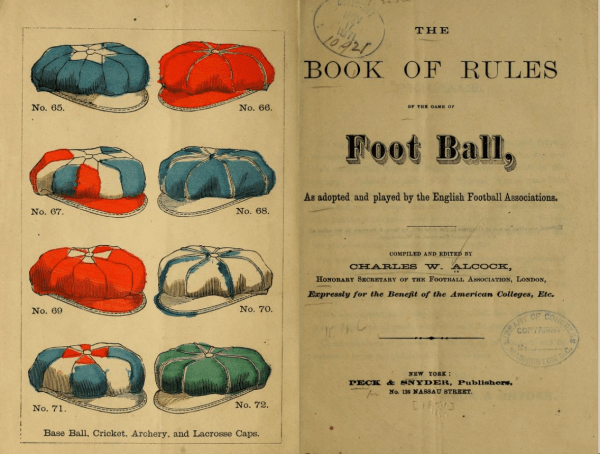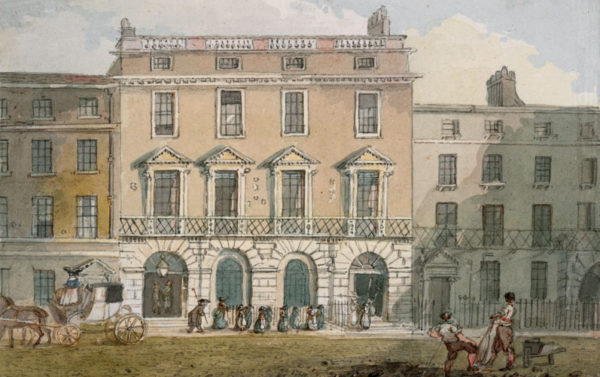Modern Football in Germany
„Modern football“ is a buzzword. A buzzword with predominantly negative connotations in times of wobbling 50+1, increasing commercialisation, fragmented match days, etc. But was football old before? Antique? Of course not. Etymologically, modern means nothing other than „fashionable/according to today’s fashion“. Synonyms are adjectives such as current, new, contemporary and also mean progressive and something that has just become popular („modo“). The question of modern football is about the phase in which football became popular with the mass of the population, not just a few nerds, and in which the original form was developed further. From Empire to Commercialisation In the Middle Ages and the early modern period, there was football in England, soule in France and calcio in Italy. In Germany, or more precisely the then German Empire, there was no football before the 19th century. It could not, therefore, fall back on forms that were already known and subsequently regulated. Football was unknown. And therefore it first had to gain a foothold in order to be modernised. For the word modern presupposes that …

